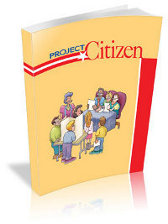Rationale of Project Citizen
Learn how to Monitor and Influence Policy
Learn the Policy Making Process
Develop Concrete Skills, Effective and Creative Communication Skills, and the Confidence Necessary to Exercise their Rights and Responsibilities
Content
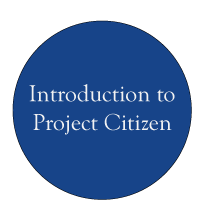
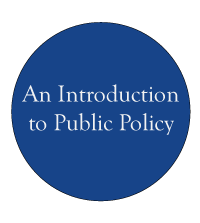

The Project Citizen Process
Portfolios
The portfolio and binder are displayed at showcases at the school, district, state, or national levels. Evaluators review each portion of the portfolio and documentation binder using the Guidelines for Portfolio Evaluation and the Portfolio Rating Sheet. For more detailed instructions on holding a portfolio showcase, please review the Guidelines for a Showcase Event. To see examples of physical and electronic portfolios click here.
Simulated Public Hearing

- Portfolio Group One: Explaining the problem
- Portfolio Group Two: Examining alternative policies
- Portfolio Group Three: Proposing a public policy
- Portfolio Group Four: Developing an action plan
Each group makes a prepared four-minute presentation. The group then responds for six minutes to follow-up questions posed by members of the evaluator panel. Each of the four groups addresses the panel for a total of ten minutes. At the conclusion of each presentation, the panel members should provide constructive feedback.
To conduct a showcase in your school, city, or state contact your state coordinator.
Alternate Sites
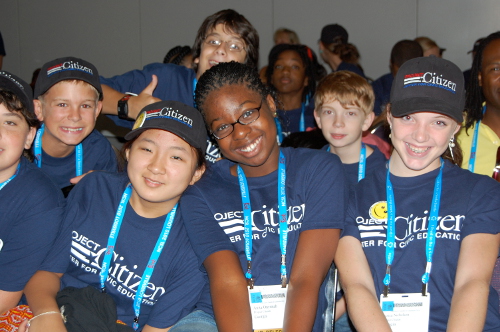
After School and Youth Organizations
From 4H Clubs in Georgia to Girl Scout Troops in Washington state, youth organizations have embraced Project Citizen.
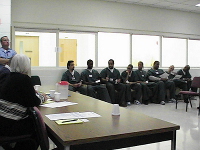
Incarcerated Youth & Adults
Offices of the Juvenile Justice System have used Project Citizen with the youth in these facilitates. Empowered, these students have presented their work to government officials. California and Wisconsin are examples of states that worked with both youth and adult incarcerated inmates with great success.

Post Secondary


